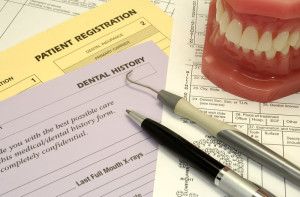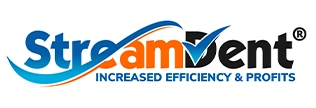 The way you design your medical and dental history forms definitely affects efficiency. This article focuses on helping you save time and gather the best information to diagnose and motivate your patients.
The way you design your medical and dental history forms definitely affects efficiency. This article focuses on helping you save time and gather the best information to diagnose and motivate your patients.
First, let’s briefly discuss the availability of online forms. As you know, most practice management systems now have online forms available. By making the forms available to patients online, the practice can save valuable chair-time by getting account registration, medical and dental histories filled out in advance. To save that chair-time, though, the forms must be designed for easy patient use. If teams often find that their patients fill out the form incorrectly or omit needed information, a redesign is likely indicated.
When helping create or editing medical and dental histories, consider designing the questions so that a yes answer requires the doctor’s attention. This can speed the process of reviewing the form after all information has been obtained from the patient. As an example, change the question “are you satisfied with the color of your teeth?” to “would you like whiter teeth?” For the best chance to understand the patient’s needs and priorities, help the client use several open-ended questions. Examples:
- What are your biggest concerns you want us to address during your visit?
- Overall, what is most important to you concerning your teeth?
- If you could change anything about your mouth, teeth or smile, what would it be?
Another way to save doctor time is to include summary sections in the medical and dental history forms to summarize information. For example, by using a large text box after the long list of yes or no questions about medical problems, the dental assistant can type out each medical problem, ask and record information to follow-up the condition, and list any medications the patient takes for that condition as well. Below is an example of this type of summary:
- Heart Murmur with regurgitation - no premed required.
- Dislipidemia – Simvastatin 10 mg qd hs
- Hypertension- Lisinopril 10 mg qd hs. BP 118/74 RAS
- Reflux – well controlled. Nexium 20 mg qd
- Drug allergies - Erythromycin, Cephalexin
- Tobacco hx - non-user
To see Dr. Moorhead's sample questionnaires, click here.

Comments are closed.